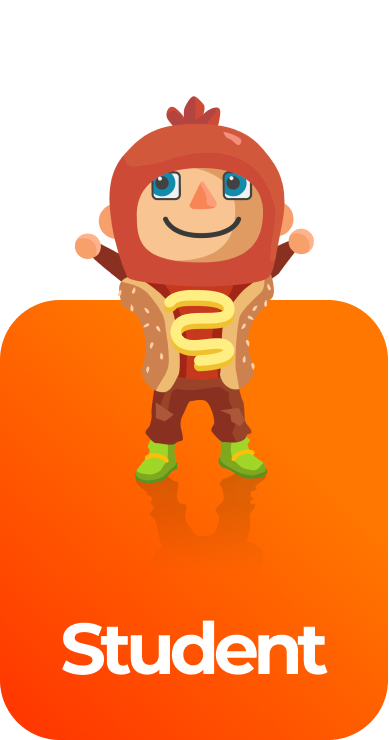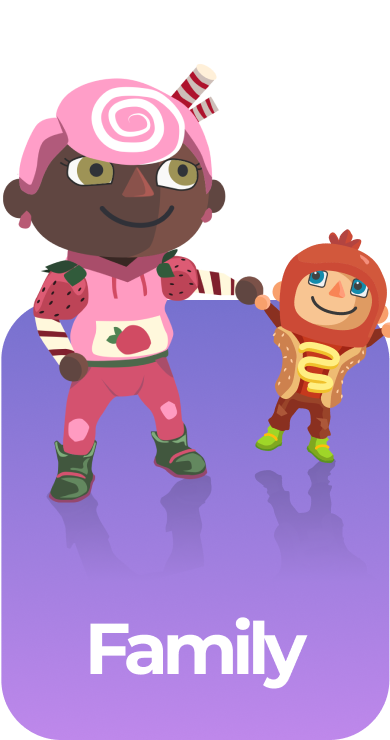Natural Selection and Adaptation – Science Games for Middle
4 gamesIn this series of science games, your students will learn how and why species change over time. The learning objective on Natural Selection and Adaptations — based on NGSS and state standards — delivers improved student engagement and academic performance in your classroom, as demonstrated by research.
Scroll down for a preview of this learning objective’s games and the concepts they drive home.
Concepts Covered in this LO
Adaptations and Natural Selection
Organisms that are best suited to their environment are more likely to survive and reproduce, a process known as natural selection. Over time, this leads to adaptations—changes in structures, functions, or behaviors that improve survival.
- Structural adaptations affect an organism’s physical features. For example, a cheetah’s long legs help it run at high speeds to catch prey.
- Behavioral adaptations involve changes in actions or habits. Prairie dogs, for instance, use warning calls to signal danger to their group.
- Functional adaptations occur within an organism’s body systems. Poison dart frogs, for example, develop toxin-producing glands for protection.
Adaptations develop over time due to environmental changes and genetic mutations. Species with greater genetic variation are more likely to pass down beneficial traits, allowing them to adapt more easily.
Below is a preview of each game designed to support this learning objective.
Access all of the games on Legends of Learning for free, forever, with a teacher account.






